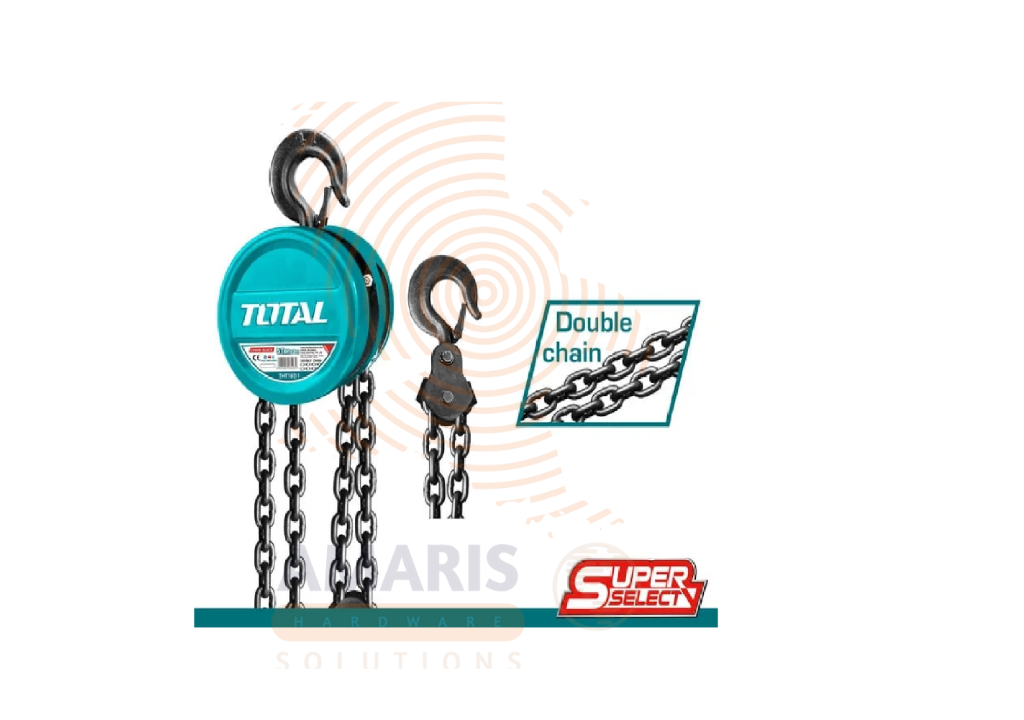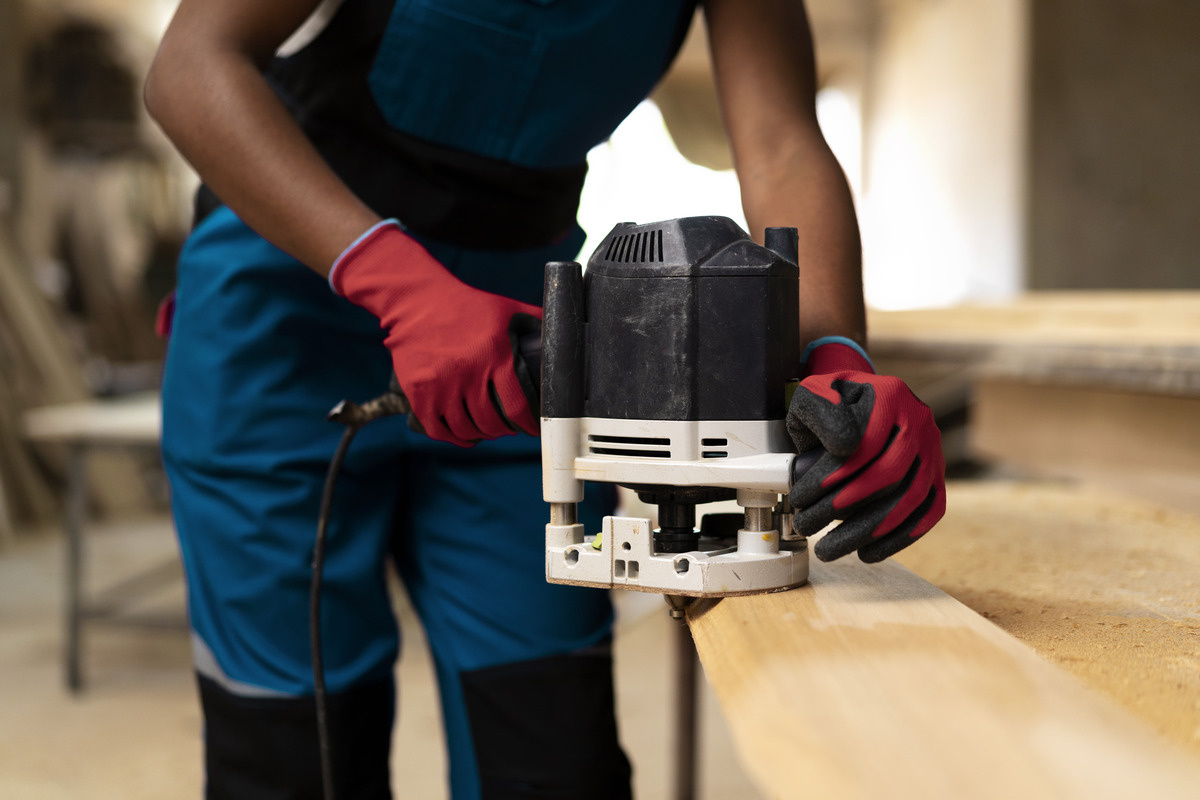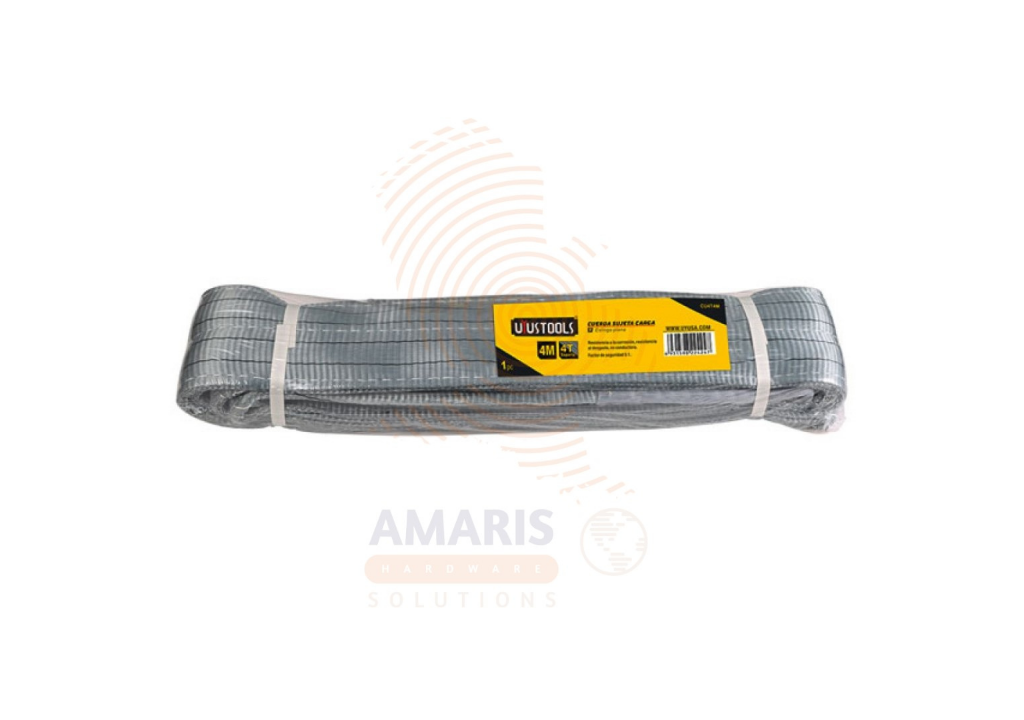“⛓️ Lift Like a Legend: Why a Chain Block Is the Heavy-Lifting Champion You Need”

When it comes to moving seriously heavy loads, you’ve got two options: strain your back and risk a trip to the chiropractor, or let a chain block do the work for you. Spoiler alert—the chain block wins every time.
Also known as a manual chain hoist, this trusty lifting device has been the go-to for workshops, warehouses, construction sites, and garages for decades. It’s simple, powerful, and surprisingly easy to use. With just a bit of pulling on its hand chain, you can lift weights that would otherwise be impossible without machinery.
What Is a Chain Block and How Does It Work?
A chain block is a mechanical lifting device that uses a system of gears and chains to multiply your pulling force. The main components include:
- Load Chain – The heavy-duty chain that holds the load.
- Hand Chain – The looped chain you pull to operate the mechanism.
- Hook Assembly – Top hook for mounting and bottom hook for attaching the load.
- Gearing System – Reduces the amount of force you need to lift heavy objects.
When you pull the hand chain, the gears turn and slowly lift the load via the load chain. It’s all about leverage—less muscle, more mechanical advantage.
Why You’ll Love Using a Chain Block
- Effortless Heavy Lifting 💪
Lift hundreds—or even thousands—of kilograms with minimal effort. - Safe and Secure
Built-in brake systems lock the load in place, preventing accidental drops. - Portable and Versatile
No power supply needed—use it anywhere from a garage beam to a construction scaffold. - Long-Lasting Durability
Made from tough steel and designed to handle serious weight for years. - Precise Control
The slow, steady lifting motion gives you total control over positioning.
Where You’ll See a Chain Block in Action
- Construction Sites – Hoisting steel beams, concrete slabs, or heavy equipment.
- Workshops – Lifting engines, gearboxes, and machinery parts.
- Warehouses – Moving heavy stock onto racks or platforms.
- Shipyards – Handling anchors, propellers, and marine equipment.
- DIY Projects – From restoring old cars to building custom metal frames.
Pro Tips for Using a Chain Block Like a Pro
- Inspect Before Use: Check chains, hooks, and brakes for wear or damage.
- Anchor Securely: Make sure the top hook is fixed to a strong support beam or lifting point.
- Stay Within Capacity: Never exceed the load rating—overloading is dangerous.
- Keep It Clean: Dirt, grease, and rust can affect smooth operation.
- Pull Smoothly: Jerky movements can cause uneven lifting or stress the gears.
Safety First ⚠️
- Stand clear of the load while lifting or lowering.
- Never twist or kink the load chain.
- Avoid shock loading—lifting should be gradual.
- Keep fingers away from moving parts to prevent injury.
- Store it in a dry, secure place when not in use to prevent corrosion.
Why It’s an Absolute Must-Have
A chain block is like having a superhuman strength upgrade without the need for electricity or hydraulics. Whether you’re in a professional environment or working on personal projects, it delivers the muscle you need in a compact, reliable package.
It’s one of those tools that, once you own it, makes you wonder how you ever got by without it. The combination of simplicity, power, and safety means it will always have a place in any serious toolkit.
Final Word
If you ever need to lift something too heavy for your hands but too delicate for a forklift, the chain block is your best bet. It’s strong, safe, and built to last—an absolute legend in the lifting game.
So the next time you’re faced with a heavy load, don’t break your back. Reach for a chain block, give that hand chain a pull, and watch as it does all the hard work for you—smooth, steady, and satisfying.


 Acrylic Sealants
Acrylic Sealants Construction Adhesives
Construction Adhesives Double-Sided Tape
Double-Sided Tape Duct Tape
Duct Tape Electrical Tape
Electrical Tape Epoxy & Resins
Epoxy & Resins Masking Tape
Masking Tape
 Automotive Wrenches & Socket Sets
Automotive Wrenches & Socket Sets Battery Chargers & Jump Starters
Battery Chargers & Jump Starters Car Jacks & Stands
Car Jacks & Stands Car Wash & Detailing Products
Car Wash & Detailing Products Diagnostic Tools
Diagnostic Tools Tire Inflators
Tire Inflators Vehicle Lighting
Vehicle Lighting Oil & Lubricants
Oil & Lubricants
 Adhesives & Sealants
Adhesives & Sealants Bricks & Blocks
Bricks & Blocks Cement & Concrete
Cement & Concrete Drywall & Plaster
Drywall & Plaster Flooring (Tiles, Wood, Laminate)
Flooring (Tiles, Wood, Laminate) Lumber & Plywood
Lumber & Plywood Paints, Primers & Coatings
Paints, Primers & Coatings Insulation Materials
Insulation Materials Roofing Materials
Roofing Materials
 Circuit Breakers
Circuit Breakers Electrical Cables & Wires
Electrical Cables & Wires Switches & Sockets
Switches & Sockets Fuses & Relays
Fuses & Relays Connectors & Terminals
Connectors & Terminals Electrical Boxes & Panels
Electrical Boxes & Panels Conduit & Fittings
Conduit & Fittings Lighting Fixtures & Bulbs
Lighting Fixtures & Bulbs Extension Cords & Power Strips
Extension Cords & Power Strips
 Anchors
Anchors Bolts
Bolts Clips & Clamps
Clips & Clamps Screws
Screws Nuts
Nuts Washers
Washers Rivets
Rivets Nails
Nails Threaded Rods
Threaded Rods
 Hammers
Hammers Measuring Tools (Tapes, Levels, Calipers)
Measuring Tools (Tapes, Levels, Calipers) Screwdrivers
Screwdrivers Pliers & Cutters
Pliers & Cutters Saws & Blades
Saws & Blades Chisels & Punches
Chisels & Punches Allen Keys & Hex Keys
Allen Keys & Hex Keys Ratchets & Socket Sets
Ratchets & Socket Sets Wrenches & Spanners
Wrenches & Spanners
 Power Tool Accessories (Blades, Bits, Discs)
Power Tool Accessories (Blades, Bits, Discs) Rotary Tools
Rotary Tools Saws (Circular, Jigsaw, Reciprocating)
Saws (Circular, Jigsaw, Reciprocating) Drills & Drivers
Drills & Drivers Grinders & Sanders
Grinders & Sanders Heat Guns
Heat Guns Nail Guns
Nail Guns Impact Wrenches
Impact Wrenches Batteries & Chargers
Batteries & Chargers
 Pipes & Fittings (PVC, Copper, PEX)
Pipes & Fittings (PVC, Copper, PEX) Plumbing Tools
Plumbing Tools Pumps & Motors
Pumps & Motors Sealants & Adhesives for Plumbing
Sealants & Adhesives for Plumbing Valves & Taps
Valves & Taps Water Heaters
Water Heaters Drainage Systems
Drainage Systems Faucets & Fixtures
Faucets & Fixtures Hoses & Tubing
Hoses & Tubing
 Hinges & Latches
Hinges & Latches Hooks & Brackets
Hooks & Brackets Window Hardware
Window Hardware Chains & Cables
Chains & Cables Casters & Wheels
Casters & Wheels Shelving & Storage Systems
Shelving & Storage Systems Door Handles & Locks
Door Handles & Locks Drawer Slides & Cabinet Hardware
Drawer Slides & Cabinet Hardware
 Personal Protective Equipment (PPE)
Personal Protective Equipment (PPE) Respirators & Masks
Respirators & Masks Safety Glasses
Safety Glasses Safes
Safes Security Cameras
Security Cameras Gloves
Gloves Helmets
Helmets Ear Protection
Ear Protection Fire Safety Equipment
Fire Safety Equipment Locks & Padlocks
Locks & Padlocks Motion Sensors & Alarms
Motion Sensors & Alarms
 Garden Fencing
Garden Fencing Garden Furniture Hardware
Garden Furniture Hardware Lawn Mowers
Lawn Mowers Trimmers & Edgers
Trimmers & Edgers Shovels & Spades
Shovels & Spades Rakes & Hoes
Rakes & Hoes Pruning Shears & Loppers
Pruning Shears & Loppers Watering Systems (Hoses, Sprinklers, Nozzles)
Watering Systems (Hoses, Sprinklers, Nozzles)
 Interior Paints
Interior Paints Paint Brushes & Rollers
Paint Brushes & Rollers Paint Strippers & Thinners
Paint Strippers & Thinners Paint Trays & Accessories
Paint Trays & Accessories Exterior Paints
Exterior Paints Spray Paints
Spray Paints Primers & Undercoats
Primers & Undercoats Varnishes & Stains
Varnishes & Stains
 Gaskets & Seals
Gaskets & Seals Hydraulic Fittings
Hydraulic Fittings Industrial Fasteners
Industrial Fasteners Industrial Hoses
Industrial Hoses Lubricants & Greases
Lubricants & Greases Metal Sheets & Bars
Metal Sheets & Bars Bearings & Bushings
Bearings & Bushings Belts & Pulleys
Belts & Pulleys
 HVAC Filters
HVAC Filters Insulation for HVAC
Insulation for HVAC Air Conditioners
Air Conditioners Refrigerants
Refrigerants Ventilation Ducts & Fittings
Ventilation Ducts & Fittings Thermostats & Controllers
Thermostats & Controllers Fans & Blowers
Fans & Blowers
 Pegboards & Hooks
Pegboards & Hooks Shelving Units
Shelving Units Storage Bins & Containers
Storage Bins & Containers Toolboxes & Tool Chests
Toolboxes & Tool Chests Workbenches
Workbenches Drawer Organizers
Drawer Organizers Labeling Supplies
Labeling Supplies
 Welding Accessories (Clamps, Brushes)
Welding Accessories (Clamps, Brushes) Welding Electrodes & Rods
Welding Electrodes & Rods Welding Helmets & Gloves
Welding Helmets & Gloves Welding Machines
Welding Machines Soldering Irons & Stations
Soldering Irons & Stations Flux & Solder Wire
Flux & Solder Wire
 Generator Accessories
Generator Accessories Inverters
Inverters Portable Generators
Portable Generators Power Inverters
Power Inverters Transfer Switches
Transfer Switches Diesel & Gasoline Generators
Diesel & Gasoline Generators
 Transport Equipment: Carts, Dollies, and Hand Trucks
Transport Equipment: Carts, Dollies, and Hand Trucks Storage Solutions: Pallets, Racks, and Containers
Storage Solutions: Pallets, Racks, and Containers Lifting Equipment: Hoists, Cranes, and Jacks
Lifting Equipment: Hoists, Cranes, and Jacks Conveyors and Accessories: Belts and Rollers
Conveyors and Accessories: Belts and Rollers




